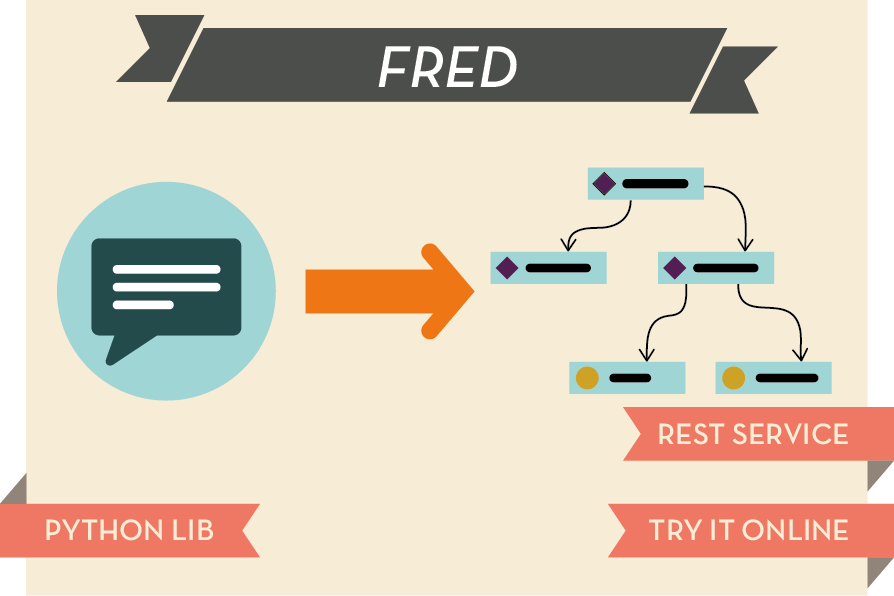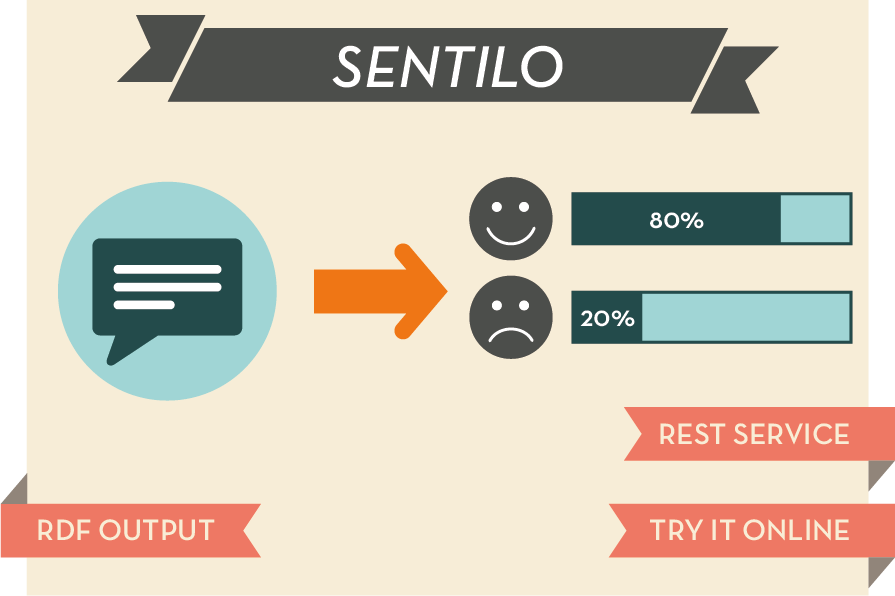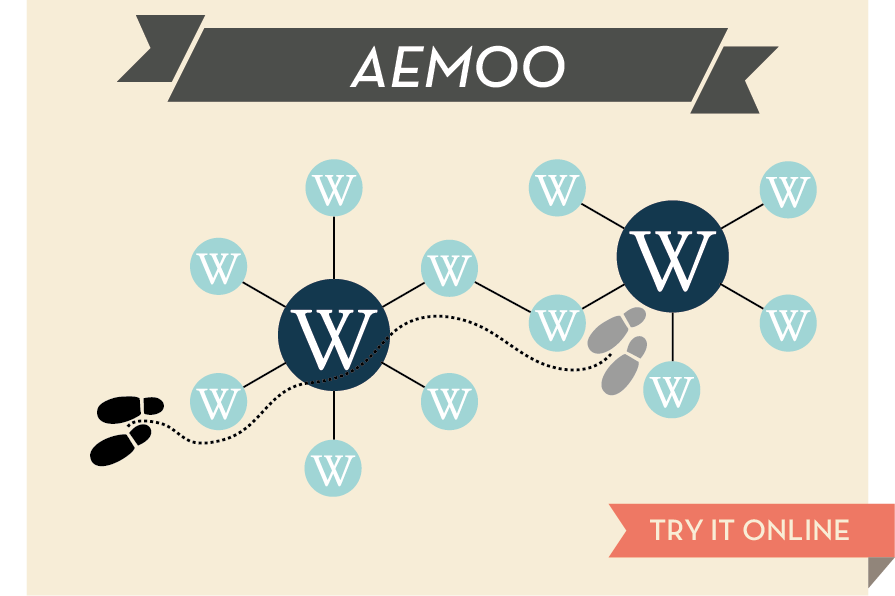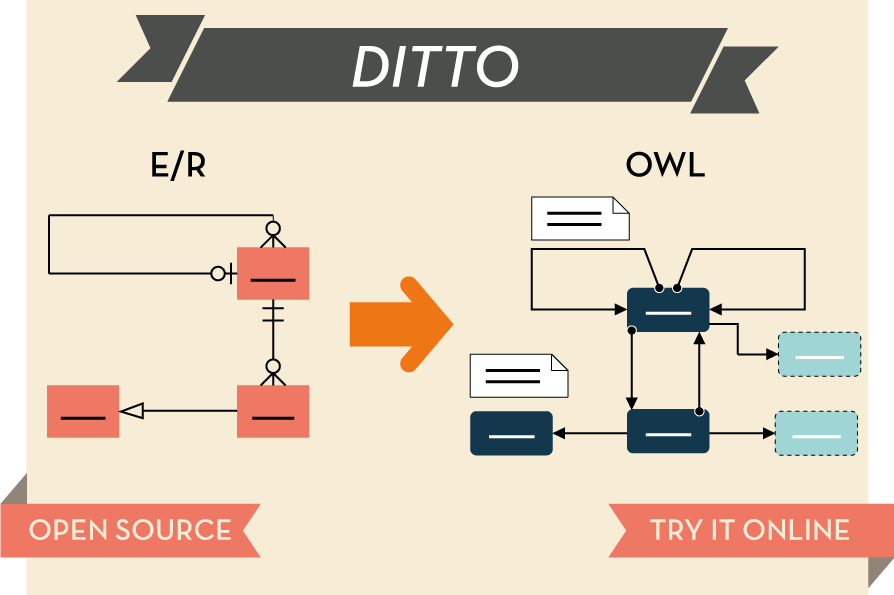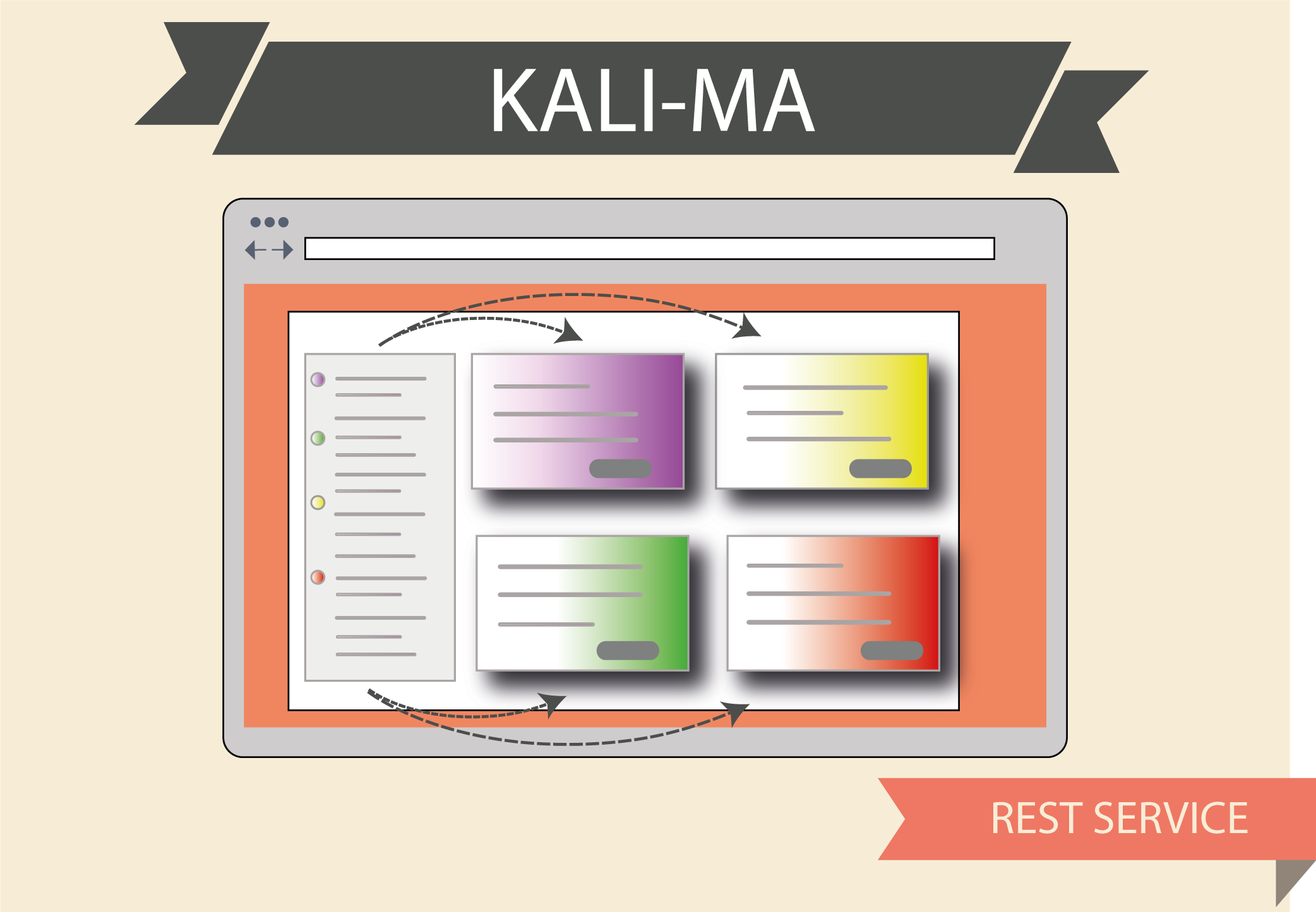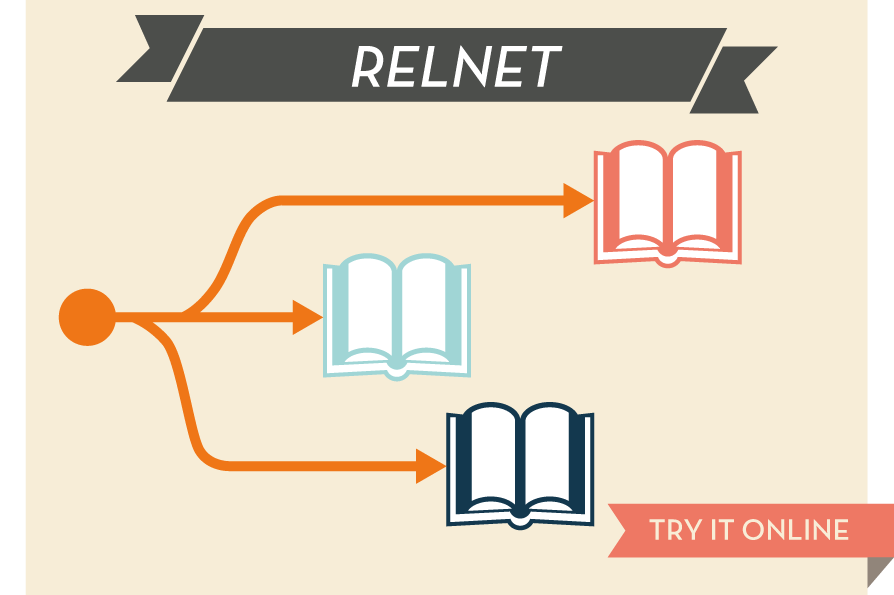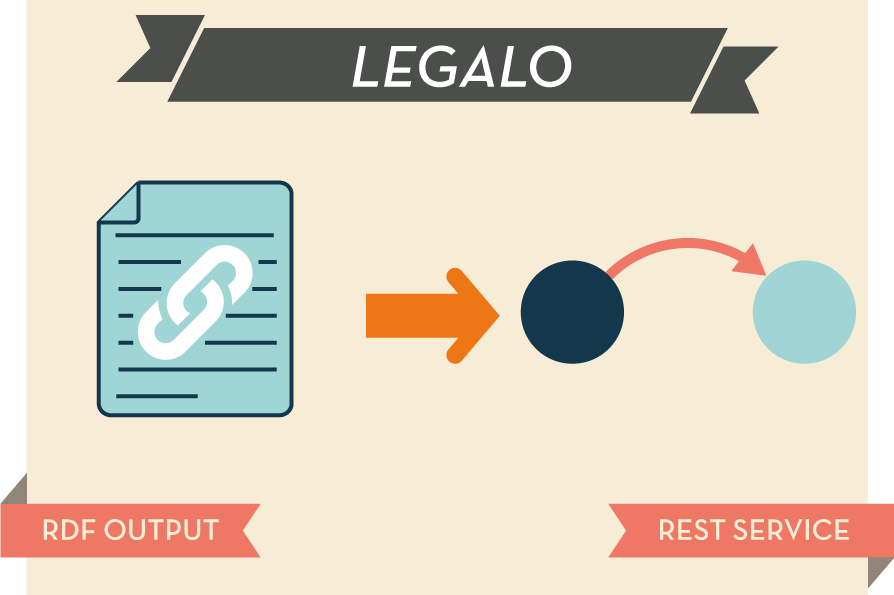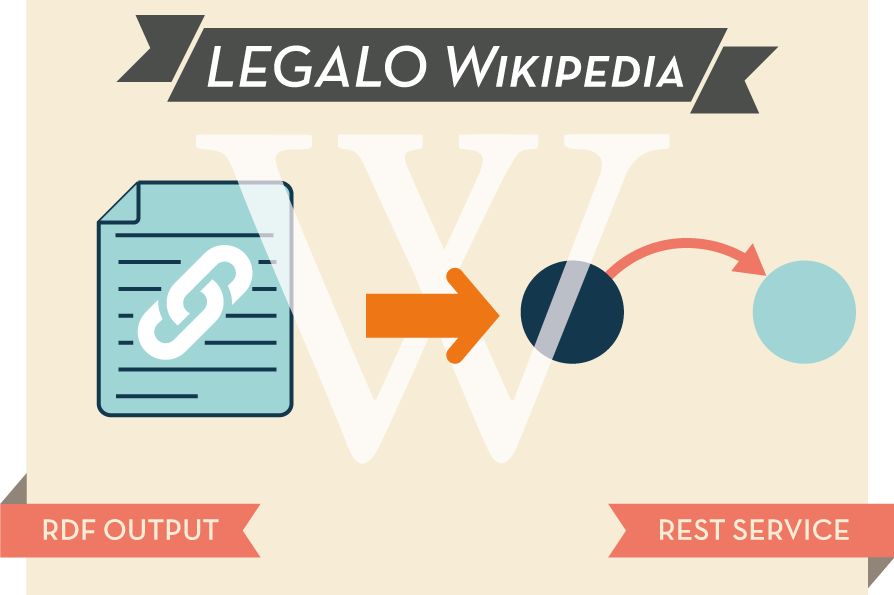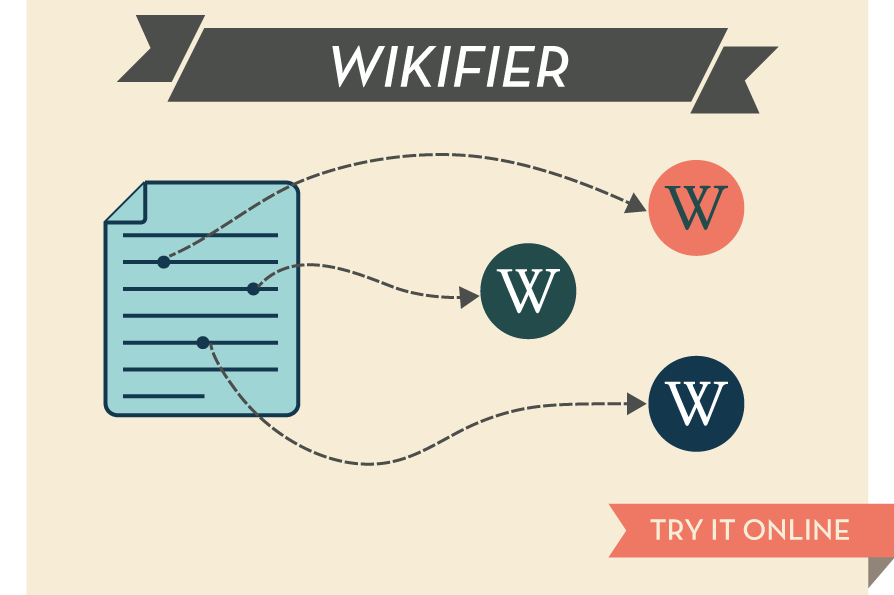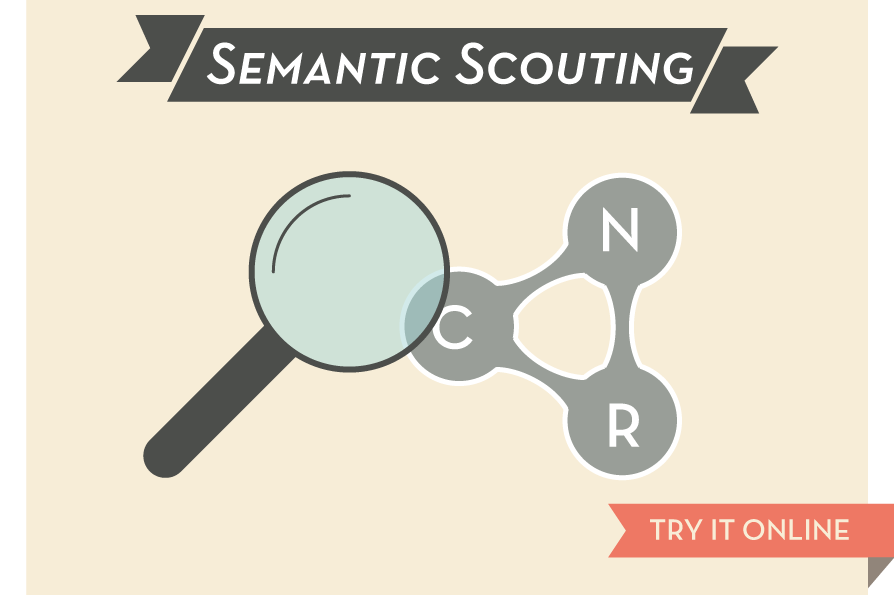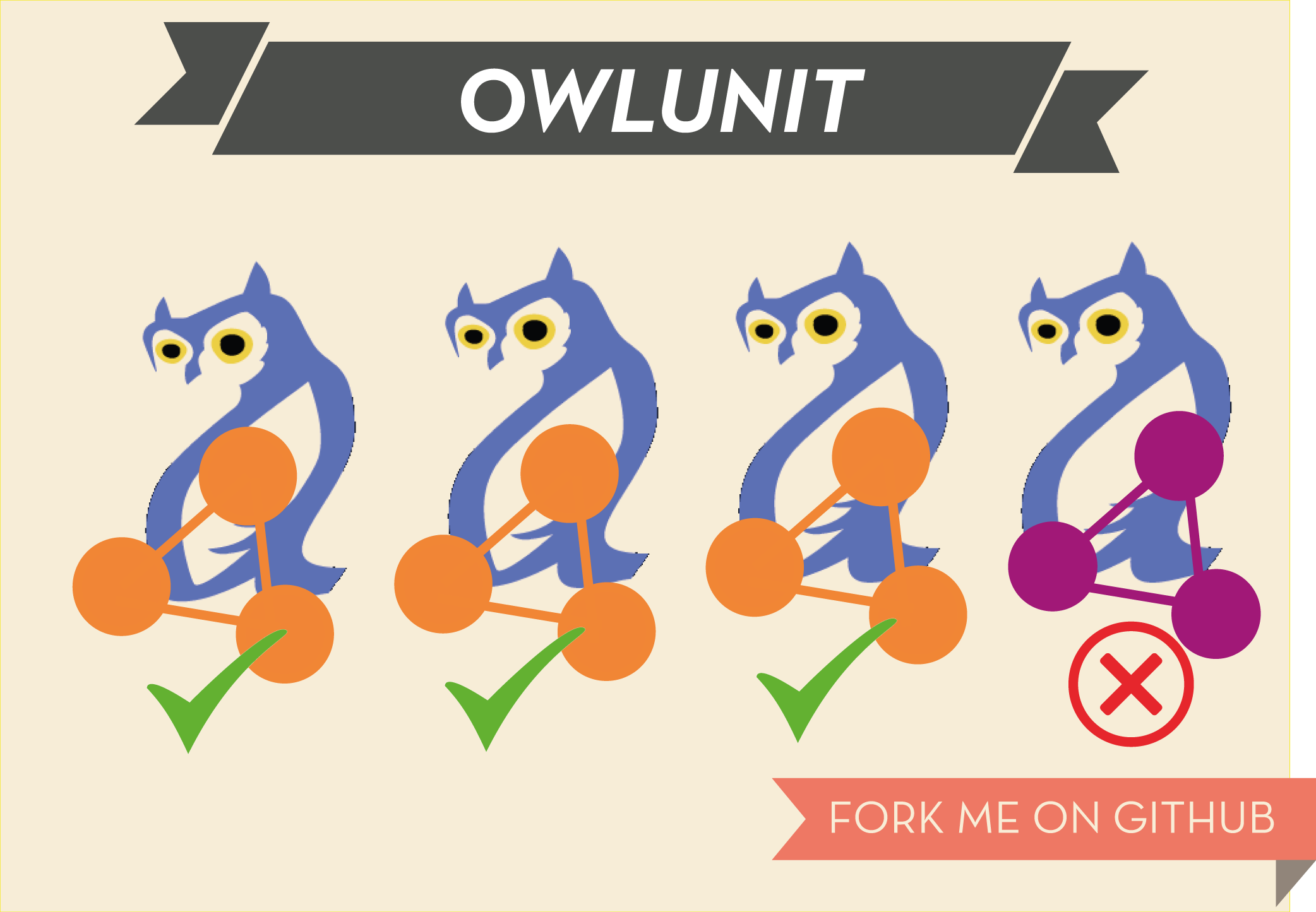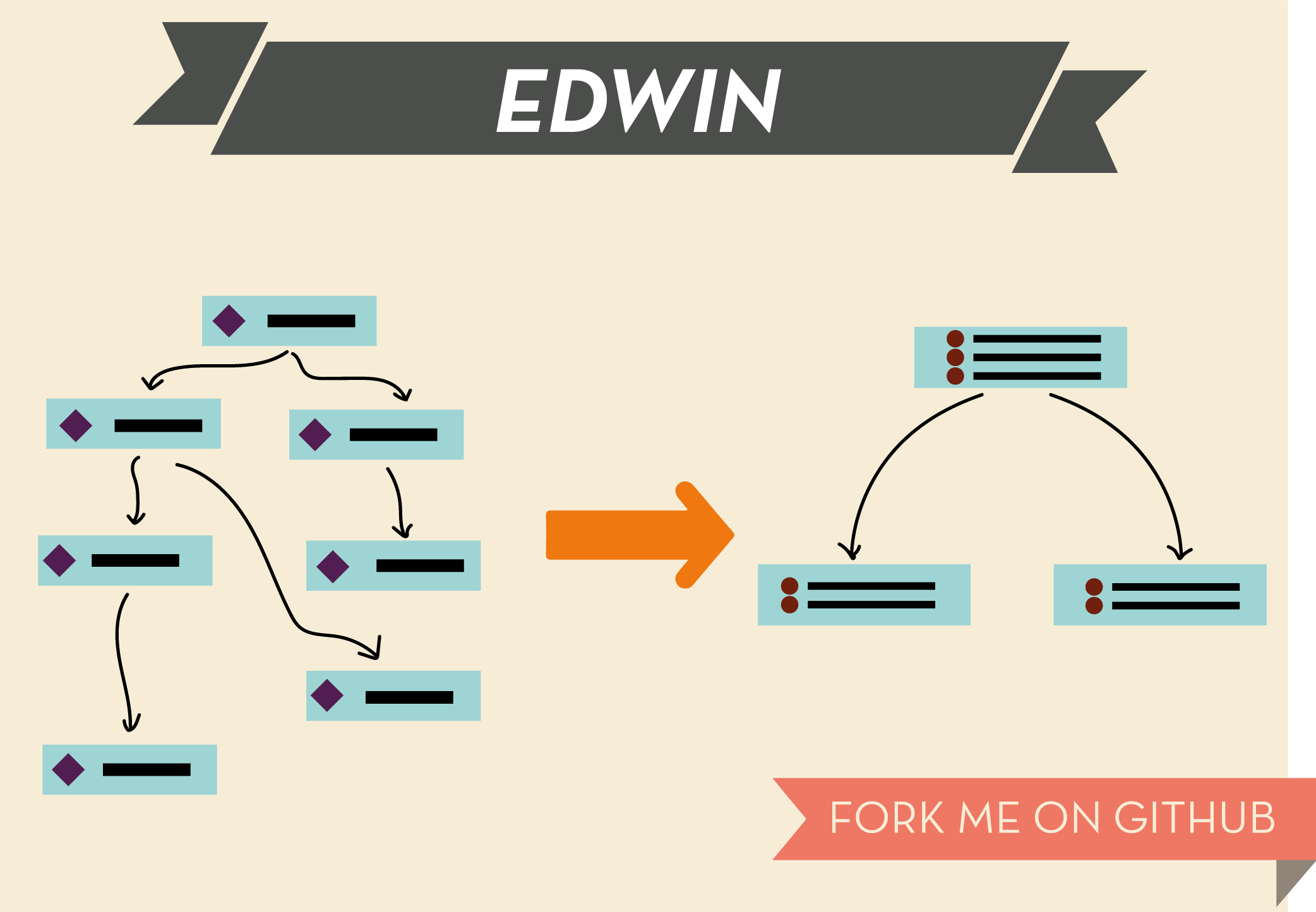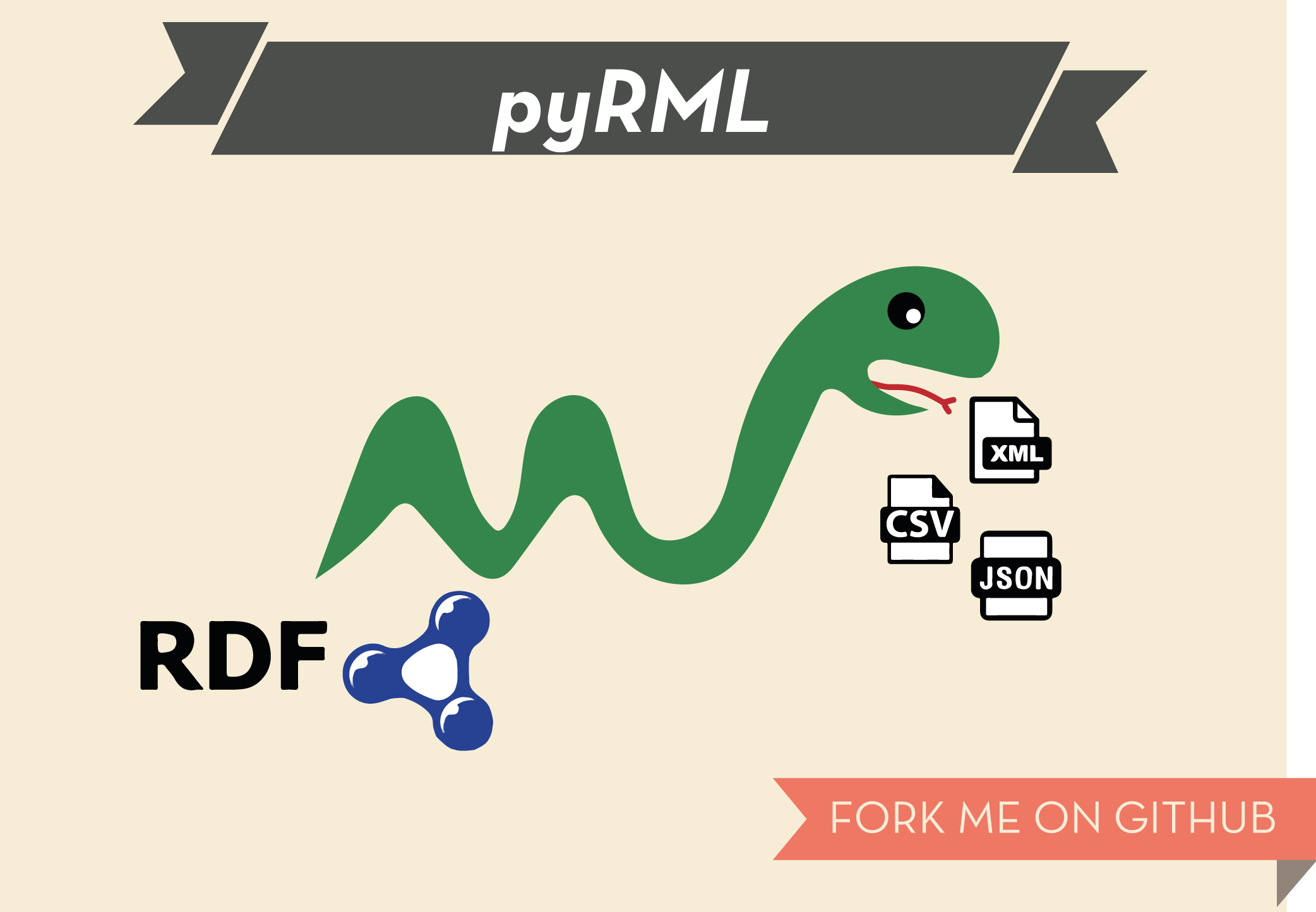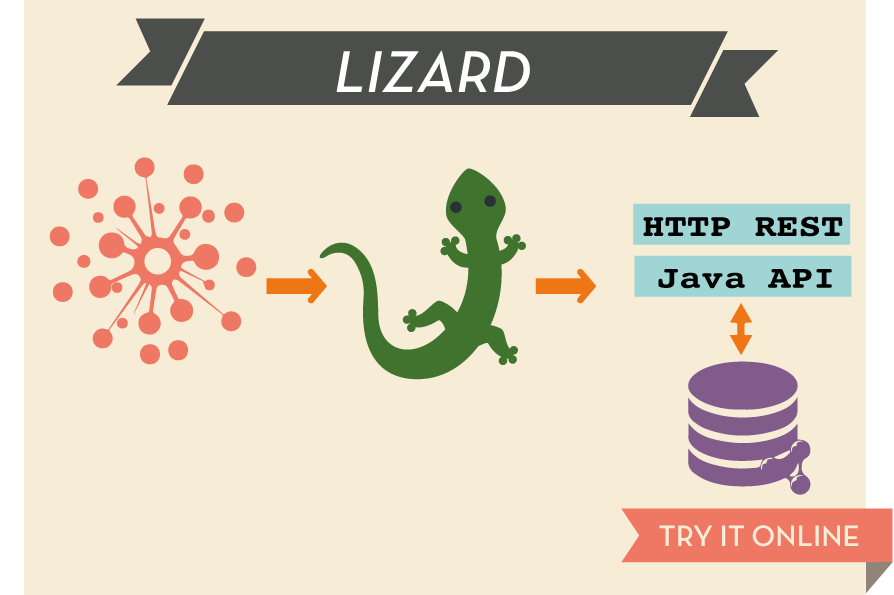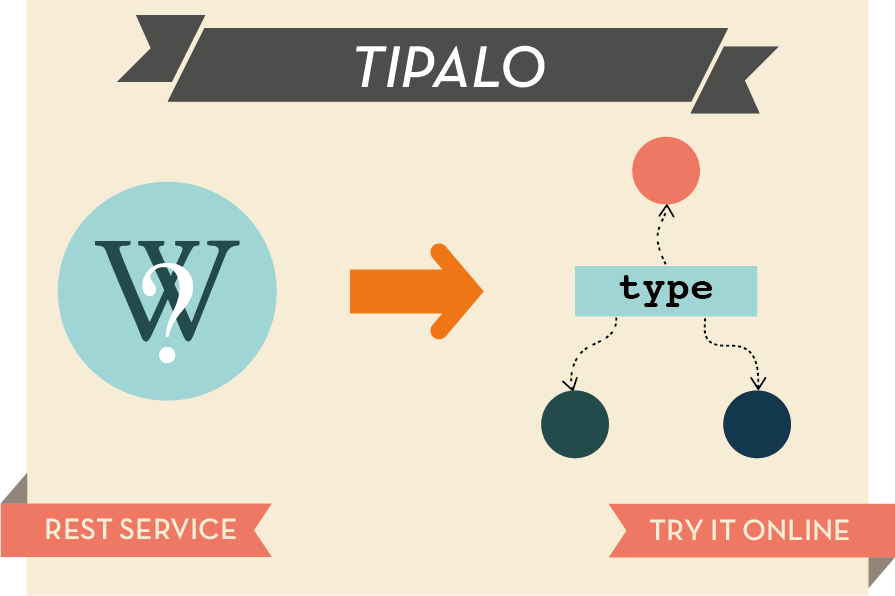Fred
is a tool for automatically producing RDF/OWL ontologies and linked data from natural language sentences. The method is based on Combinatory Categorial Grammar, Discourse Representation Theory, Linguistic Frames, and Ontology Design Patterns. Results are enriched with NER and WSD. A paper describing FRED has been published at EKAW 2012 (please refer to it in scientific publications). FRED is available as REST service.
Designers: Aldo Gangemi , Valentina Presutti , Andrea Nuzzolese , Diego Reforgiato Recupero
Sentilo
performs sentence-based sentiment analysis. It relies on FRED, a successful machine reader for the Semantic Web, and applies appropriate rules to mine FRED's graphs. It provides two interfaces: one to measure the "sentimeters" of a sentence, the other to visualize a semantic graph representation of a sentence enriched with opinion-related information, e.g. opinion holder, topics, sentiment scores, etc. Sentilo is available as a REST service that returns RDF as output.
Designers: Aldo Gangemi , Andrea Nuzzolese , Diego Reforgiato Recupero , Sergio Consoli , Valentina Presutti
Aemoo
helps exploring Wikipedia knowledge in a twofold way. It implements filtering strategies based on Encyclopedic Knowledge Patterns (EKP), which have been extracted from the Wikipedia linking structure, showing alternatively "core" or "curious" knowledge about a Wikipedia entity. A paper on EKP, and another paper on Aemoo.
Designers: Aldo Gangemi , Andrea Nuzzolese , Valentina Presutti
Ditto
DiTTO, which stands for Diagrams Transformation inTo OWL (version 1.1, dated 25 March 2014), is a Web application that is able to translate diagrams expressed either in E/R crow’s foot notation or Graffoo and created with yEd, an open source application to quickly and effectively generate high-quality diagrams, into OWL ontologies.
Designers: Aldo Gangemi
Kali-ma
is a plugin for the NeOn Toolkit that provides a unified view for browsing and accessing the ontology design functionalities provided by the other plugins on a specific NeOn Toolkit installation. It also provides a realtime chat functionality integrated with local ontology projects, and a search service for ontology project metadata injected by the Toolkit or its plugins.
Designers: Aldo Gangemi , Valentina Presutti
XDTools
is a plugin to the NeOn Toolkit and provides a perspective - eXtreme Design - that groups components for ontology design: the ODP Registry browser and ODP Details view, the XD Selector, the XD Specialization Wizard, the XD Analyzer and the XD Annotation dialog. Information on its page.
Designers: Aldo Gangemi , Eva Blomqvist , Valentina Presutti
RelNet
is a novel Web tool used to align a user-supplied property to existing Semantic Web relations retrieved from different vocabulary repositories (Watson, Linked Open Vocabularies (LOV), and Never-Ending Language Learning (NELL)). The aim is to provide easy access to the ecosystem of vocabularies in the growing Linked Data Web in search of a specific property supplied by the user, providing metrics on how the matching properties are used in the LOD cloud, helping to improve their understanding, visibility and usability, and overall quality.
Designers: Aldo Gangemi , Andrea Nuzzolese , Diego Reforgiato Recupero , Sergio Consoli , Valentina Presutti
Legalo
is a novel Open Knowledge Extraction approach that performs unsupervised, open domain, and abstractive knowledge extraction from text for producing directly usable machine readable information. The method is based on the hypothesis that hyperlinks (either created by humans or knowledge extraction tools) provide a pragmatic trace of semantic relations between two entities, and that such semantic relations, their subjects and objects, can be revealed by processing their linguistic traces (i.e. the sentences that embed the hyperlinks) and formalised as Semantic Web triples and ontology axioms. Given an English sentence as input, Legalo produces a set of RDF triples representing relevant factual relations expressed in the sentence, the predicates of which are formally defined in terms of OWL axioms. Legalo is available as a REST service returning RDF as output.
Designers: Aldo Gangemi , Andrea Nuzzolese , Diego Reforgiato Recupero , Sergio Consoli , Valentina Presutti
Legalo – Wikipedia
is a deployment of the Legalo service on Wikipedia pages, aimed at showing the potential impact of the system on Linked Open Data population. It takes as input any user-defined Wikipedia entity, and produces as output the RDF binary properties synthesizing the semantic relations conveyed by any Wikipedia Pagelinks embedded in the correspondent Wikipedia page of the given entity.
Designers: Aldo Gangemi , Andrea Nuzzolese , Diego Reforgiato Recupero , Sergio Consoli , Valentina Presutti
Wikifier
is a tool that links automatically any text to its related DBPedia entities. It looks for relevant terms (denoting either entities or concepts) within the text, and selects their corresponding Wikipedia pages. To this aim, a Word Sense Disambiguation approach is used. In fact, terms are highly ambiguous in Wikipedia. WSD is performed based on the popularity of the destination page (measured by the number of input links), and on the similarity between the text to be analyzed, and the destination pages.
Designers: Aldo Gangemi
Semantic Scouting
is a graphical exploratory browser to data.cnr.it, the linked data from the Italian National Research Council (CNR), developed jointly with the Information Systems Unit of CNR.
Designers: Aldo Gangemi
OWLunit
OWLunit allows you to run unit tests for ontologies defined according to the OWLUnit Ontology. OWLunit is also able too run test cases defined by using ODP's test annotation schema and TESTaLOD. Currently, OWLunit runs three kinds of test cases: Competency Question Verification, Inference Verification, Error Provocation Verification.Designers: Luigi Asprino
Edwin
Edwin is a tool able to build Equivalence Set Graphs (ESGs) from huge Knowledge Graphs. An ESG is a graph where nodes are equivalence sets of terms from the universe of discourse and edges are specialization relations between sets. Edwin implements an efficient algorithm for computing ESGs from huge RDF datasets (containing billions of triples). This framework gives the possibility of understanding the modeling style and the overall semantic structure of the Linked Open Data cloud.Designers: Luigi Asprino
pyRML
pyRML is a Python based engine for processing RML files. The RDF Mapping Language (RML) is a mapping language defined to express customized mapping rules from heterogeneous data structures and serializations to the RDF data model. RML is defined as a superset of the W3C-standardized mapping language R2RML, aiming to extend its applicability and broaden its scope, adding support for data in other structured formats.Designers: Andrea Nuzzolese
Lizard
Lizard automatically generates language-agnostic APIs for accessing knowledge bases without knowing of Semantic Web languages (such as RDF, OWL or SPARQL). To generate the APIs of a KB Lizard only needs of the ontology that describes the schema of the information containted in the knowledge base. Given as input an ontology, Lizard generates a Java library for accessing the target knowledge base. The generated APIs expose the RDF triples as sets of resources and seamlessly integrates them into the Object Oriented paradigm. Moreover, Lizard provides a RESTful layer that exposes Object Oriented paradigm by using the REST architectural style over HTTP. The RESTful layer is described in Swagger notation. The Swagger description enable API users to generate a RESTful client in over 40 different programming languages.Designers: Luigi Asprino , Valentina Presutti , Andrea Nuzzolese
Tipalo
uses FRED and automatically assigns types to Wikipedia entities. Given a Wikipedia page URI, the tool returns an RDF graph composed of rdf:type, rdfs:subClassOf, owl:sameAs, and owl:equivalentTo statements providing typing information about the entity referred by the Wikipedia page. Tìpalo is available as REST service.
Designers: Aldo Gangemi , Andrea Nuzzolese , Valentina Presutti


